1
HOME > Tips & Advice >
WHY YOU SHOULD BE WEARING WOOL THIS WINTER
Written by Ivan Yaskey in Tips & Advice on the 18th January 2020
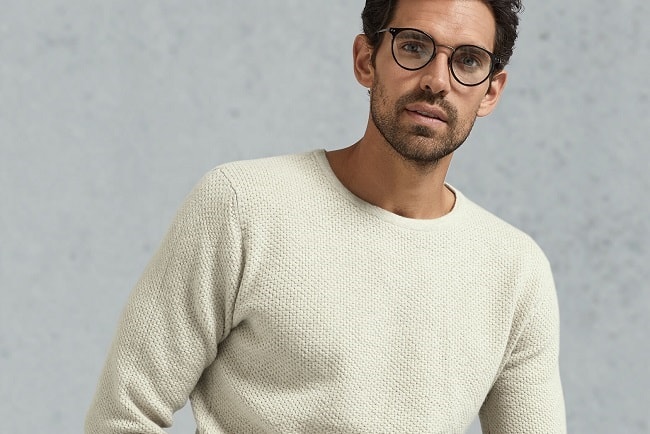
Amongst average, everyday dressers, wool has garnered a bit of a negative reputation over the decades: Heavy, scratchy, sometimes hot, and not the easiest to maintain. That’s not to say it’s unearned. Many of us as youth recall having a wool jumper or scarf – perhaps given as a gift or hand-me-down – that had such a sensation, even when you wore it on top of a roll-neck.
Yet, partially thanks to hiking and other outdoor apparel, the age-old assumptions around wool have gradually been broken down. Merino socks and base layers show us that, one, the fabric can be extremely lightweight. Secondly, once the thick, irritating texture is out of the way, its natural qualities finally start to shine: Particularly, its temperature regulation isn’t easily bested, and it enhances this key aspect with moisture-wicking and odour-reduction properties.
With these factors now better-known than they used to be, wool’s having a resurgence in everyday clothing – think flannels – and dressier fare. Added to this, wool in its natural state is a renewable resource with a lesser environmental impact compared to cotton and synthetic fabrics. As winter gets underway, here are all the reasons you should have a few wool pieces in your wardrobe.

Superior Insulation
Yes, someone will say “cashmere,” but at a more accessible price point, nothing quite beats wool’s perfect confluence of lightweight-without-bulk construction. For starters, wool fibers naturally create small air pockets next to the skin that trap heat and hold it close to the body. As such, even if the wool itself isn’t especially heavy, it brings a deceptive amount of warmth for its weight – key for looking sharp once the temperatures go south. Much like down’s inherent properties, wool holds onto a greater amount of body heat compared with similar synthetic or cotton-based textiles.
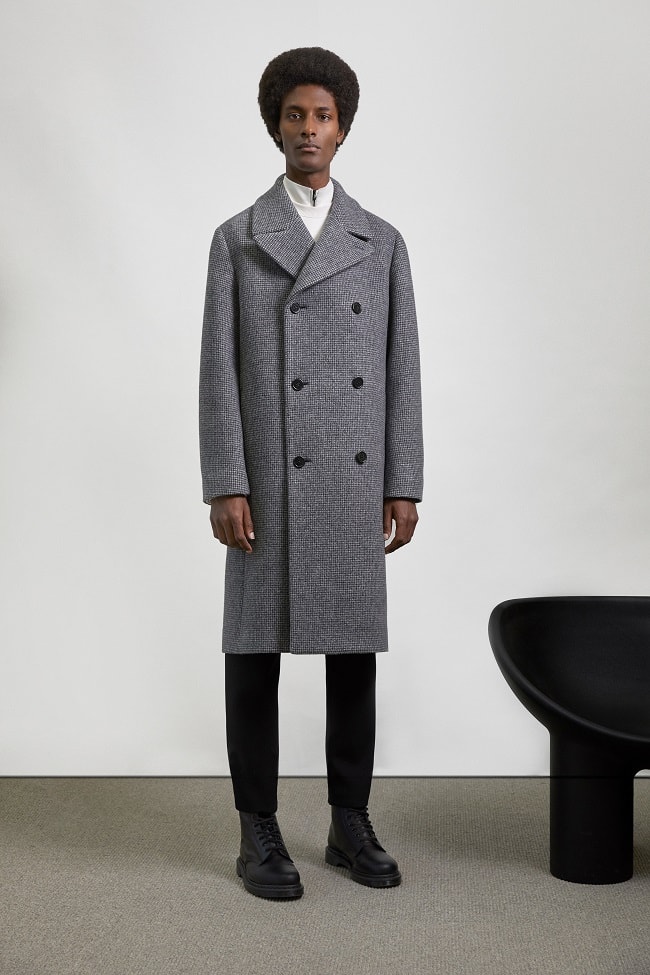
It’s Tough
On the subject of wool versus synthetic comparisons, wool garments – whether jackets, trousers, or shirts – are far less likely to tear in extreme conditions. Wool fibers can be bent over 20,000 times before they break apart; cotton, by comparison, only withstands 3,000 bends. This isn’t to say you should start rubbing that 100% wool blazer against the next moss-covered brick wall to see what happens (we see a high dry cleaning bill in your future), but that the usual snags and pilling that show up after some point on many textiles take their sweet time whenever you’re sporting a fully wool garment. This aspect offers a secondary – heck, nearly comparable – benefit: Wool textiles keep their shape, offering clear structure and drape without looking stretched or sagging after a few uses – or after spending a couple of seasons hanging up in a wardrobe. For this reason, wool remains one of the go-to fabrics for winter suits. With the right maintenance, you’ll have a suit lasting you a few decades.
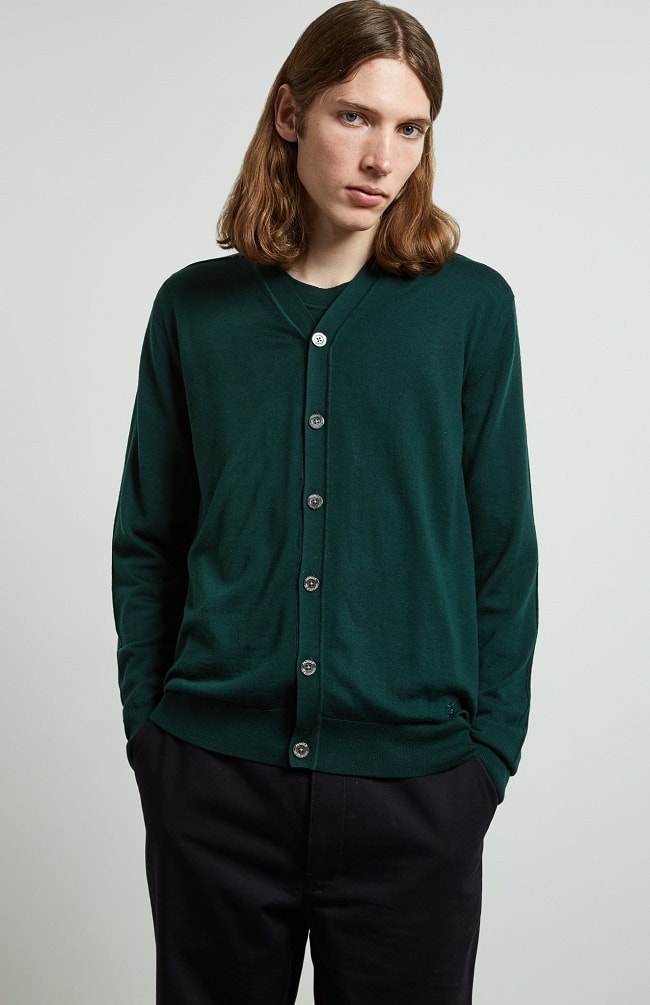
Moisture Resistance
The “downside” of down? Its hydrophilic nature absorbs every droplet of moisture it comes in contact with. Water-resistant treatments, in more recent years, have greatly narrowed this blind spot, but wool, even in its natural state, delivers moisture wicking and resistance that keeps your skin cool and prevents sweat from soaking through and weighing you down. As such, it’s a true year-round material when you adjust for weight. Much like those performance garments you wear to the gym, wool does double duty. One, it moves any moisture or perspiration away from your skin; then, from the fabric’s surface, the moisture evaporates, rather than staying within the weave.
Yet, added to this latter point, the fabric’s also especially absorbent, and holds 30 percent of its weight before you notice it feeling wet. Specifically, the fiber’s centre – or cortex – absorbs the moisture, while the epicuticle scales on the outside repel it. In their untreated state, wools also use the natural lanolin present. Much like how wax treatments give cotton duck some degree of water repellency, lanolin causes moisture to bead up and roll off. For this reason, wool sweaters and peacoats have long been a staple for fishermen and both the U.S. and British Navies.
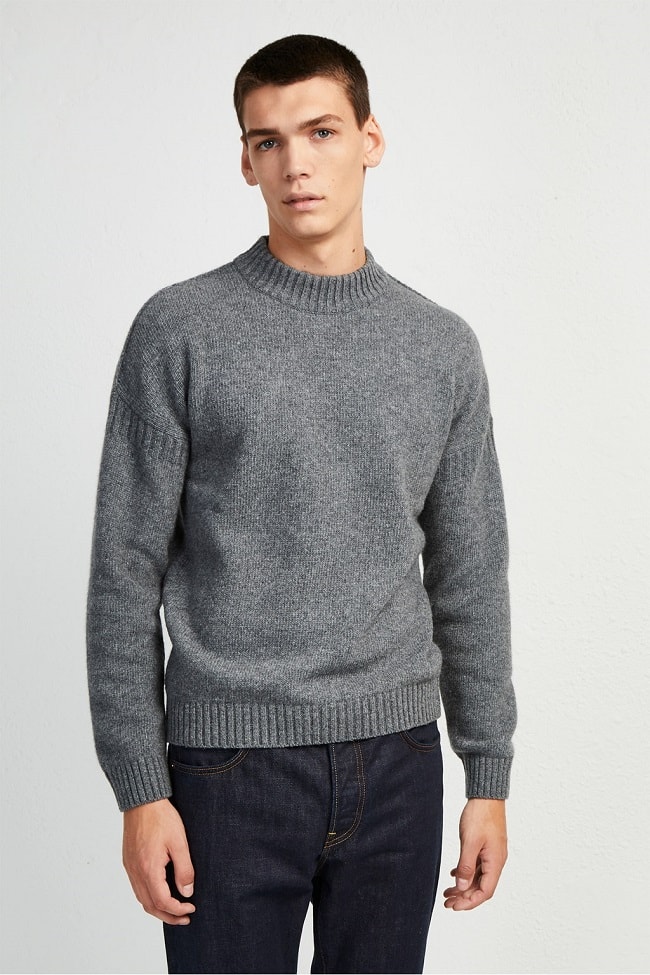
It’s Cool and Comfortable
Working in conjunction with its natural moisture control, wool behaves much like how waterproof membranes do: It’s strong and impervious enough to keep moisture out, but not so solidified that nothing can pass through. As such, sweat evaporates while the fabric lets air in, in turn reducing that damp, overheated sensation you might experience with some synthetic knits. Along the lines of comfort, wool, particularly merino varieties, offers natural odour resistance, thanks to antimicrobial properties.
In turn, even though the fibers might absorb some perspiration or moisture, bacteria can’t thrive in the fabric, and even after several wears, it won’t trap body odour. Especially because you’re not looking to take your suit to the cleaners after every wear, wool has the upper hand compared to other fabrics. Especially where woven textiles are concerned, the scratchy, coarse hand-feel of decades past is far less common than it used to be. Although the process strips away some of the natural lanolin, wool fibers are often de-scaled, and after the fabric is combed of broken ends, the result is a fine, almost silky material.

It’s Versatile
We say “Wool.” You think “sweater” or “suit.” Yet, this material’s possibilities extend far beyond this dichotomy. For one, especially as many look to get away from synthetic textiles, finer knit varieties prove to be a powerhouse as base layers, offering similar moisture resistance, odour control, and insulation as many polyester/spandex varieties. Additionally, although flannels are frequently cotton blends these days, several brands have gone back to the material’s roots – or never left them, as is the case with Pendleton – by utilising a fully wool or wool/cotton blend.
The result adds warmth in overshirt form yet has the style to be worn as a button-front. On top of all this, wool outerwear and even wool footwear prove that once this textile is on the outside, it delivers three-season coverage against the elements, whether that’s warmth in colder temperatures or moisture control in spring. With all of these factors considered, wool is one of the more economical fabrics you’ll find out there for layering, whether you wear it strictly against the skin, in between with more substance, or as a shield against the weather on below-freezing, drizzling days.
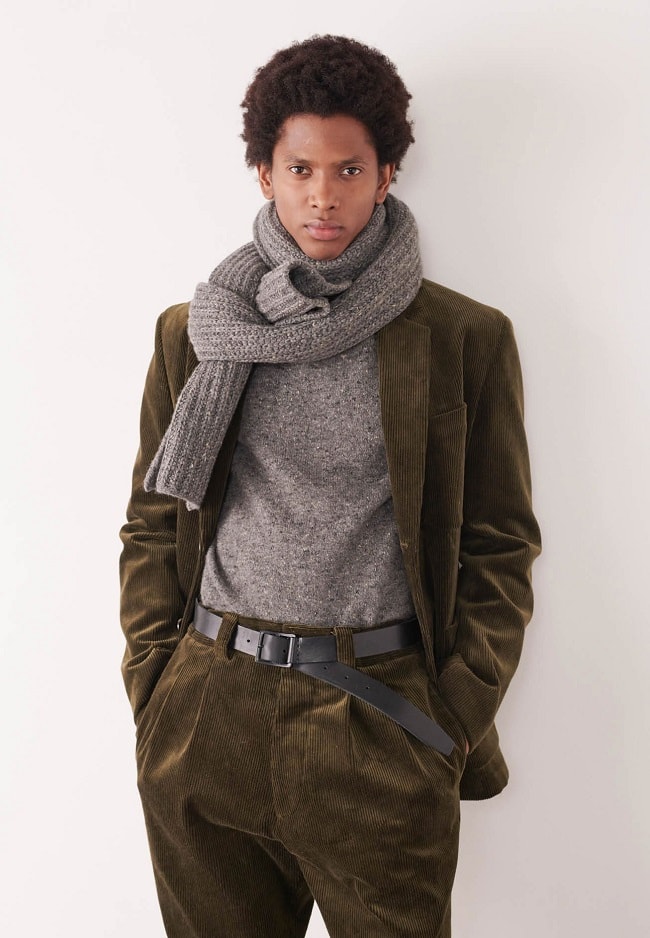

Trending
2
3
4
5
6
7
8
9
10










